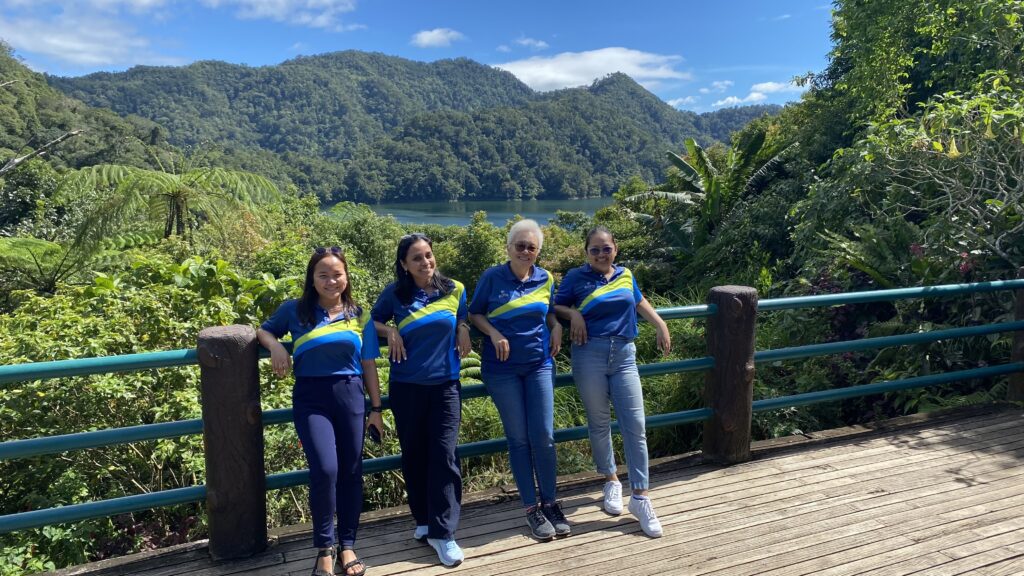National Women’s Month highlights the vital role of women and is celebrated every March through Presidential Proclamation Number 227.
There were an estimated 7.95 billion people on Earth in 2022, with four billion men and 3.95 billion women. With the fairer sex comprising nearly half the world’s population, disempowering women curtails global productivity.
For the Department of Environment and Natural Resources (DENR) and the United Nations Development Programme’s Biodiversity Finance Initiative (UNDP-BIOFIN), gender equality, women’s empowerment and inclusive leadership are central tenets to truly sustainable development.
“Women’s empowerment and gender equality are vital to achieving the 2030 Agenda for Sustainable Development, which envisions a world of universal respect for human rights and individual dignity,” says UNDP Resident Representative Dr. Selva Ramachandran.
To celebrate National Women’s Month, three leading ladies working to conserve Philippine biodiversity are highlighted.
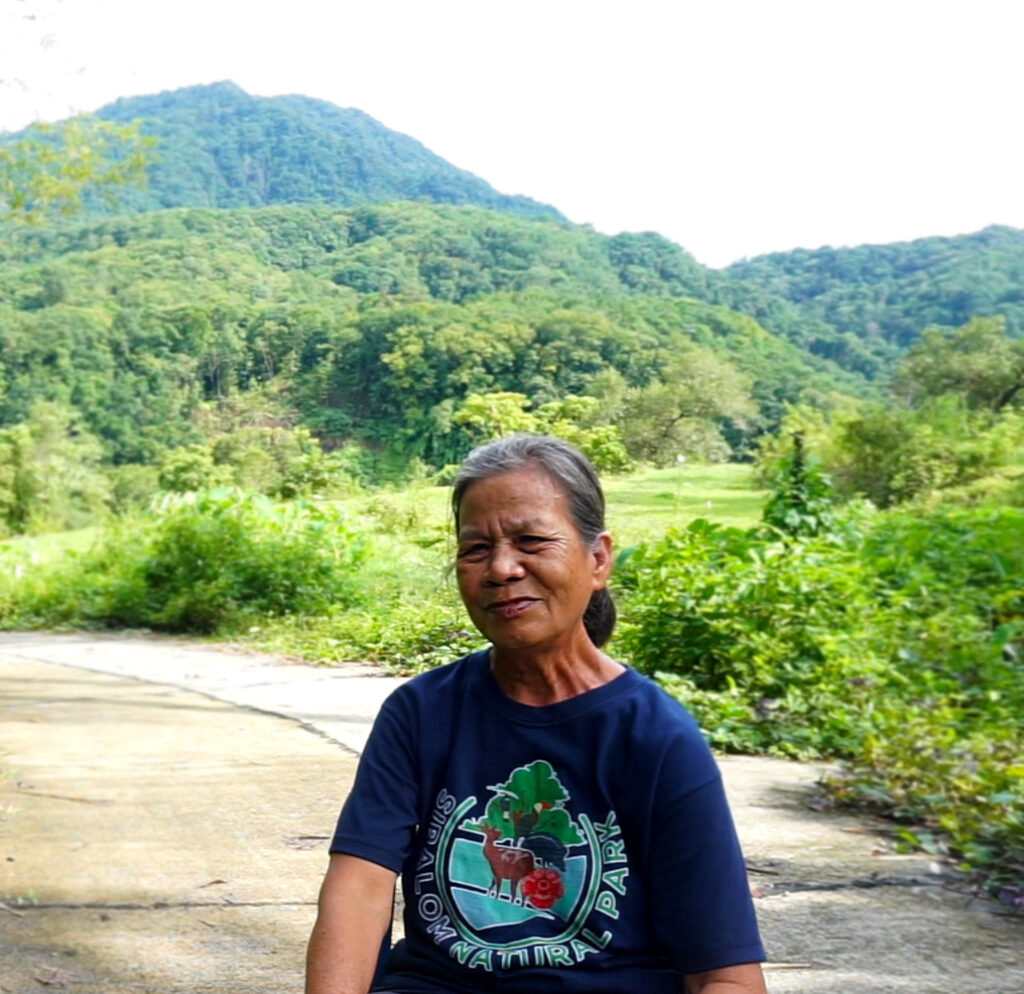
Mary Paduganao and the Cabladan Bantay Gubat Association: Women as community leaders and educators
At 71 years young, Mary Paduganao has become one of the “Lola Rangers” of the Sibalom Natural Park, one of Antique’s rapidly rising ecotourism destinations.
“In 1978, I was the captain of Barangay Imparayan. We set up the very first batch of ‘Bantay Gubat’ or Forest Wardens for the park. Today, after 46 years, we’ve grown to almost 80 wardens — both women and men — who regularly patrol the park to thwart logging, wildlife poaching and the occasional brushfire,” she says.
Through the years, Lola Ranger has worked with various environmental groups such as the Haribon Foundation and DENR-UNDP BIOFIN. “These groups empowered us with the skills and knowledge to become effective Forest Wardens, environmental educators and tour guides, especially now that more visitors are coming.”
Working with Lola Ranger is the Cabladan Bantay Gubat Association (CBGA), representing one of four barangays ringing the protected area. In Barangay Cabladan, female Forest Wardens serve as chief educators on the importance of protecting the park, becoming conservation advocates to their fellow residents.
“We share everything we learn from BIOFIN’s ecotourism workshops and training sessions,” says CBGA board member Mergie Elloran. “We share them whenever we attend Barangay Cabladan’s assemblies.”
The CBGA’s female Forest Wardens also provide additional ecotourism services to park visitors through tour guiding and catering.
Together with allied people’s organizations like the CBGA, Lola Ranger and the other Bantay Gubat are working to help protect the Sibalom Natural Park, home of the Philippines’ multi-hued Rainbow River and endangered wildlife like wild pigs, deer and rafflesia, the largest flower on Earth.
Here and in other protected areas across the Philippines, both women and men work in harmony to protect the country’s natural resources.
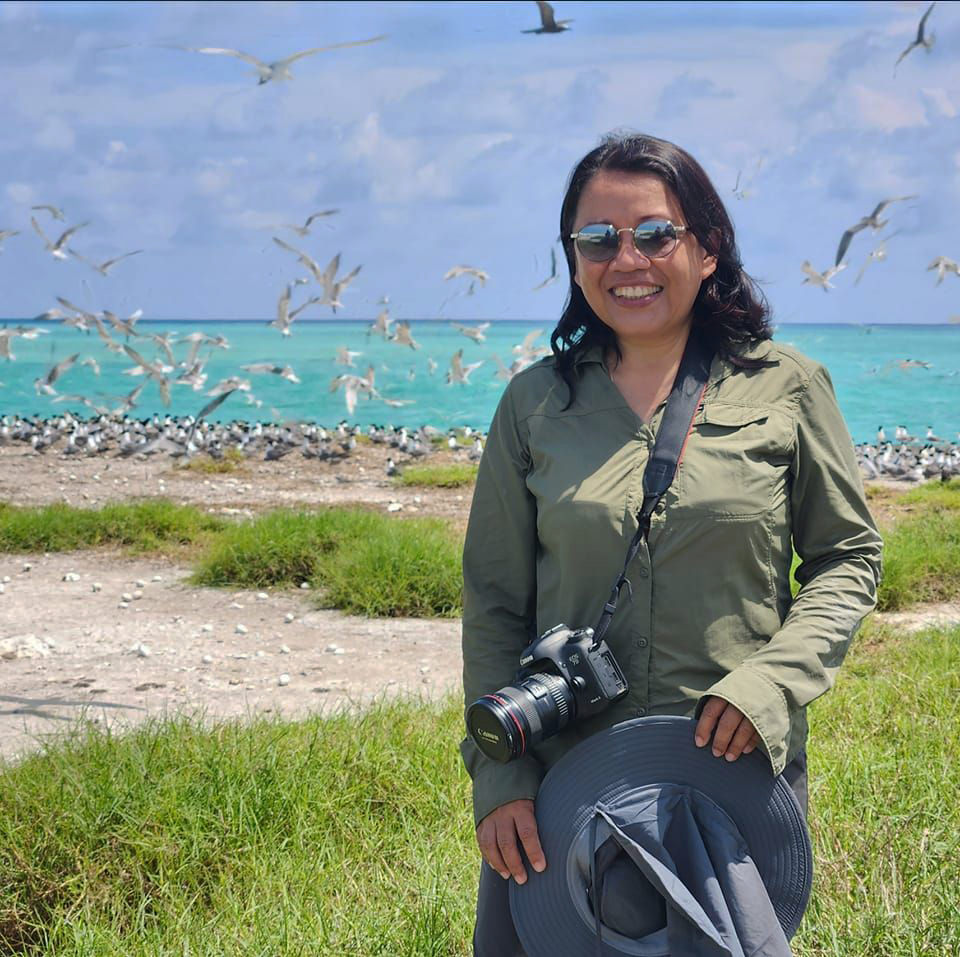
Lisa Paguntalan: Women in science
Wildlife biologist Lisa Paguntalan is no stranger to the outdoors, having studied endangered Philippine wildlife since 1996.
“My drive for conservation began in college. We were studying bats in the Balinsasayao Twin Lakes when I realized that three of the four bats we collected were endemic or found nowhere else but the Philippines. However, I also noticed that many of our local forests are receding, meaning some of our endemic species might become extinct. Unless of course we do something about it,” she says.
Today, Paguntalan leads the Philippines Biodiversity Conservation Foundation Incorporated, which addresses the long-term conservation of native and threatened Philippine species by working closely with local stakeholders. “Part of the work we do is engaging local governments and agencies to invest in conserving less-popular threatened or endangered species and their habitats.”
Paguntalan encourages more ladies to enter the field of conservation. “Women are at the heart of the conservation arena in the Philippines. We need more boots on the ground to save our natural treasures.”
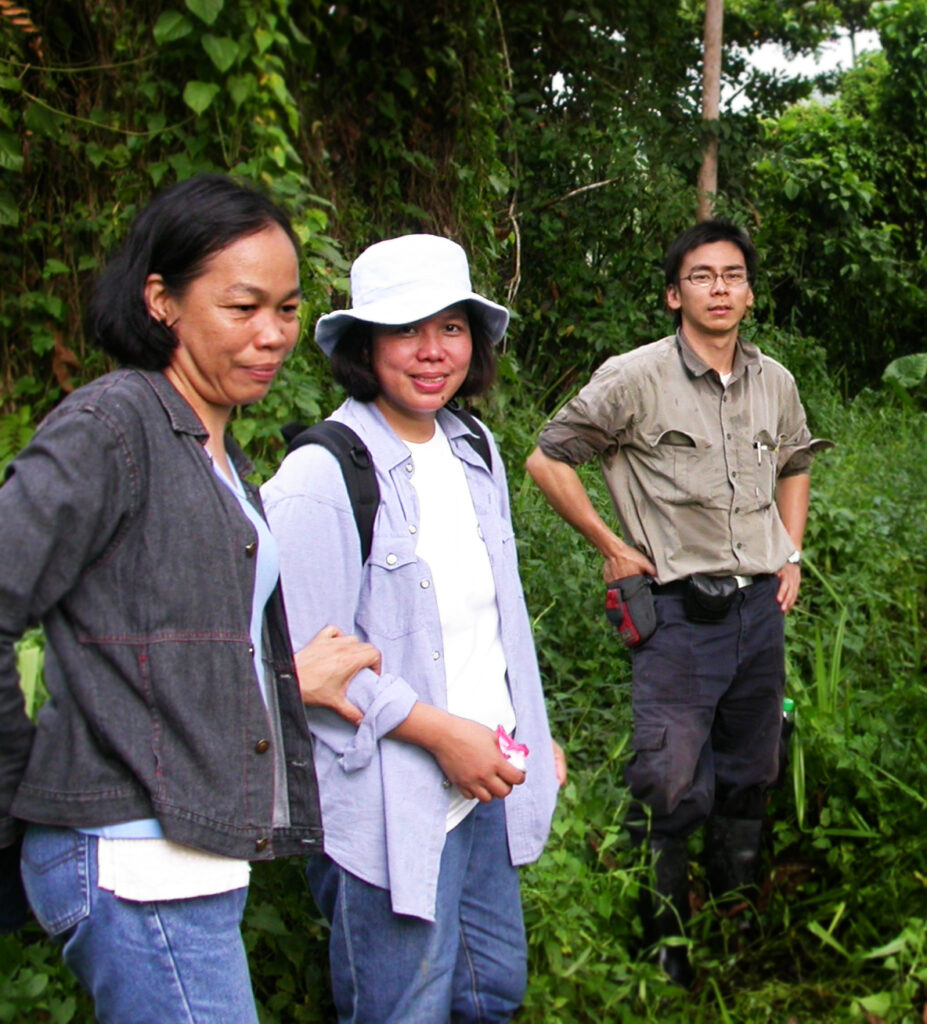
Neneng Andres: Women in governance
As a scholar of the 1980s-era Bureau of Forest Development, Armida “Neneng” Andres immediately jumped into government work after graduating from the University of the Philippines Los Baños in 1985.
“While most staff were men, I can remember no distinction between tasks. Both women and men were expected to conduct thorough resource inventories, site assessments, project monitoring and evaluations of our country’s national parks and wildlife sanctuaries,” she says.
Andres fondly looks back at many of her field adventures. “We were assessing the expansion of the Mts. Iglit-Baco National Park in Mindoro when the 1986 EDSA Revolution broke out. We were stuck for over a week in the mountains surviving on whatever plants we could harvest around us. We ate bananas, taro leaves, even tubers! I had to study for my forestry licensure examination under a kerosene lamp. Fortunately, I passed, topping the board in July of 1986.”
Andres recalls that in the 1990s, there were already more women than men in the Protected Areas and Wildlife Bureau, now called the Biodiversity Management Bureau. “It was a privilege to have worked with strong-willed lady leaders like Dr. Cora Sinha, Dr. Mundita Lim and many others.”
Today, Andres is the OIC-assistant director of BMB, helping develop policies for biodiversity conservation, networking and advocating for mainstream biodiversity conservation, plus much-needed finance solutions across all sectors. “I’m also part of the team which conceptualized the recognition of women in biodiversity through a publication entitled “Igniting Passion, Finding Fulfilment, Inspiring Stories of Women in Biodiversity. It contains moving narratives of women taking part in biodiversity conservation and management.”
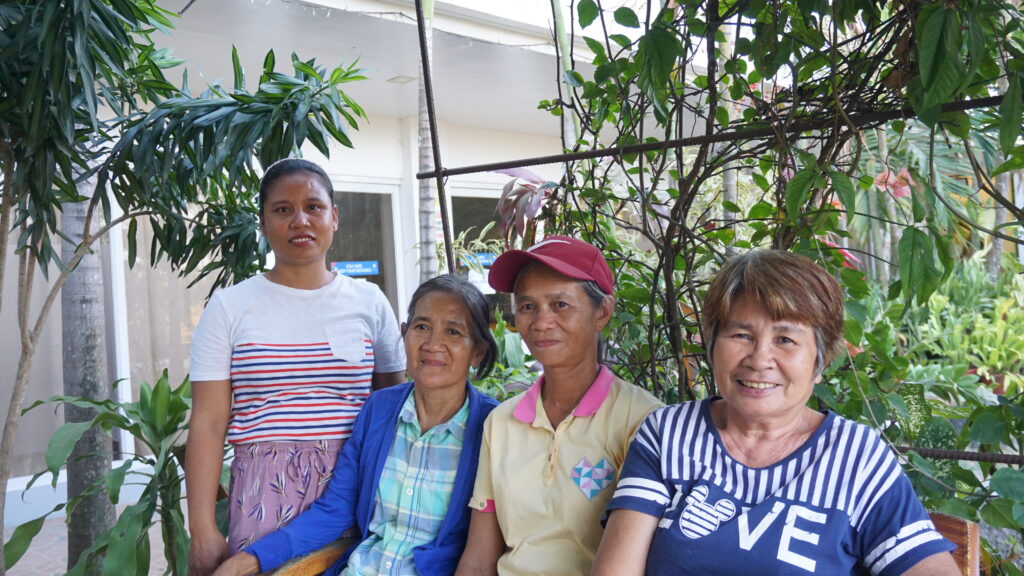
Andres hopes that women leaders continue to multiply in number and be empowered at all levels of governance. “Behind every woman in government is a story full of struggles, fulfillment and contributions to make our country a better place.”
Paduganao, Paguntalan and Andres are just some of the many women and men DENR-UNDP BIOFIN works with. Launched in 2012, BIOFIN is a global initiative supporting the development and implementation of national Biodiversity Finance Plans to transform how biodiversity finance is mobilized and allocated. This includes the mobilization of USD200 billion in annual domestic and international biodiversity-related funding from public and private-sector sources, plus raising international financial flows from developed to developing countries by at least USD30 billion yearly.
Celebrating its 10th year in the Philippines, BIOFIN has so far raised over USD10 million for 107 legislated protected areas by pushing for increased congressional financing, while over USD300,000 was raised for terrestrial reforestation through the Mynt and GCash GForest Programme.
“There’s still a lot of work to be done for women’s rights. There are 800 million women in the Asia-Pacific region who are looking for jobs. Including them in our workforce can add trillions of dollars to our region’s GDP,” concludes DENR-UNDP BIOFIN national project manager Anabelle Plantilla, who heads the all-women team of BIOFIN in the Philippines. “Through gender equality, we can maximize the chances of a better life for all families living in our region.”
